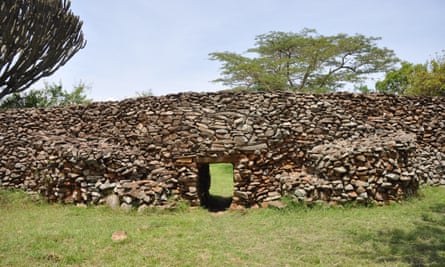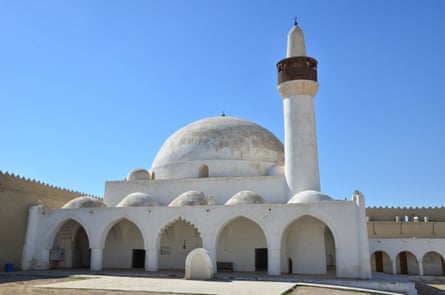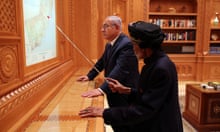Three new sites have been awarded world heritage status by Unesco, including a remote Kenyan settlement and an ancient city in Oman.
The 42nd session of the World Heritage Committee made the announcement on Friday afternoon following a meeting in Bahrain.
The first to be named was Thimlich Ohinga in Kenya, north-west of the town of Migori. Unesco said the dry-stone walled settlement was probably built in the 16th century.

It said the settlement seems to have “served as a fort for communities and livestock, but also defined social entities and relationships linked to lineage” and was the “largest and best preserved of these traditional enclosures”.
“It is an exceptional example of the tradition of massive dry-stone walled enclosures, typical of the first pastoral communities in the Lake Victoria Basin, which persisted until the mid-20th century,” it added.
Also listed was the ancient walled city of Qalhat in Oman, located on the east coast of the sultanate.
Unesco said: “The city developed as a major port on the east coast of Arabia between the 11th and 15th centuries CE, during the reign of the Hormuz princes. Today it bears unique archaeological testimony to the trade links between the east coast of Arabia, east Africa, India, China and south-east Asia.”
The last to be added on Friday was the Al-Ahsa oasis in Saudi Arabia, described as “an evolving cultural landscape in the eastern Arabian peninsula”.

Unesco described the Al-Ahsa Oasis as “a serial property comprising gardens, canals, springs, wells and a drainage lake, as well as historical buildings, urban fabric and archaeological sites.”
It added: “They represent traces of continued human settlement in the Gulf region from the Neolithic to the present, as can be seen from remaining historic fortresses, mosques, wells, canals and other water management systems. With its 2.5m date palms, it is the largest oasis in the world. Al-Ahsa is also a unique geocultural landscape and an exceptional example of human interaction with the environment.”
The committee will make decisions on dozens more nominated places over the weekend.










